When was the last time you stopped at an art gallery and contemplated how potential ultraviolet (UV) light exposure could damage your favourite painting?
That and the building's climate are always on the top of museum directors' minds, and rightfully so. Subtle variations could crack or tarnish some of the greatest artworks ever created, yet in the past, spotting the conditions that could do so hasn't been easy. Now, reliable Wi-Fi data loggers have the ability to take manual operation out of the equation and collect accurate, real-time information with ease.
Evaluate the conditions
It's important to understand the forces in play when identifying how to protect paintings from damage. With many of the materials behind the artwork coming from plants and animals, humidity levels are an important factor to consider.
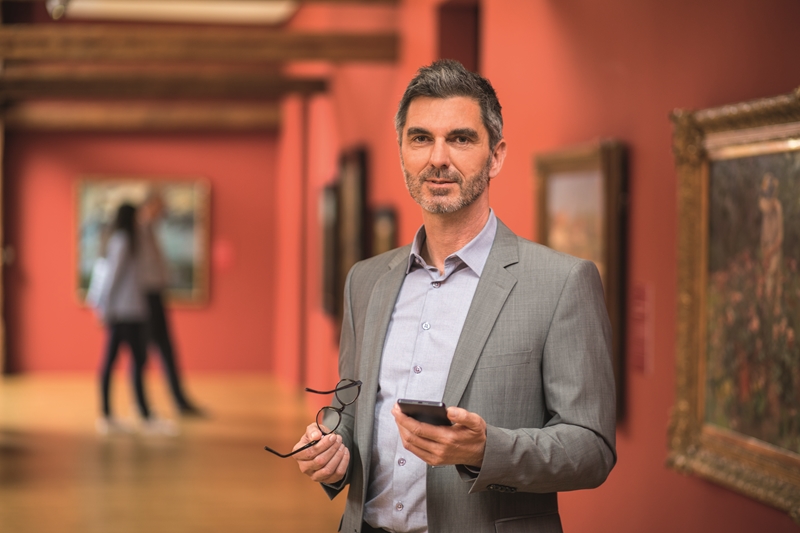
Should the building's climate be too dry for too long, canvases can begin to crack. Alternatively, if there's too much moisture in the air, mould can settle in over time, Museums Australia Victoria reported. In fact, paints perform differently under certain conditions and should be specifically accounted for.
Slight fluctuations in humidity aren't the only danger; the following should be taken into consideration for gallery lighting, according to a study by the Institute of Art:
- Watercolours and textiles: Brightness shouldn't exceed 50 lux; or 200 kilolux per year. UV exposure should remain under 30 microwatts per-lumen.
- Oil paintings: Brightness shouldn't exceed 250 lux; or 650 kilolux per year. The aforementioned UV exposure rule applies.
Using modern tools
Obtaining this type of detailed analysis of humidity, UV exposure and air quality hasn't been easy. Directors or other personnel would have to manually document it, hoping they would catch any abnormalities before it's too late.
The testo 160 Wi-Fi data logger series was specifically built with art galleries and museums in mind. Staff members are able to place the inconspicuous, paintable devices in archives, storage areas or showrooms to gather information about temperatures and UV rays.
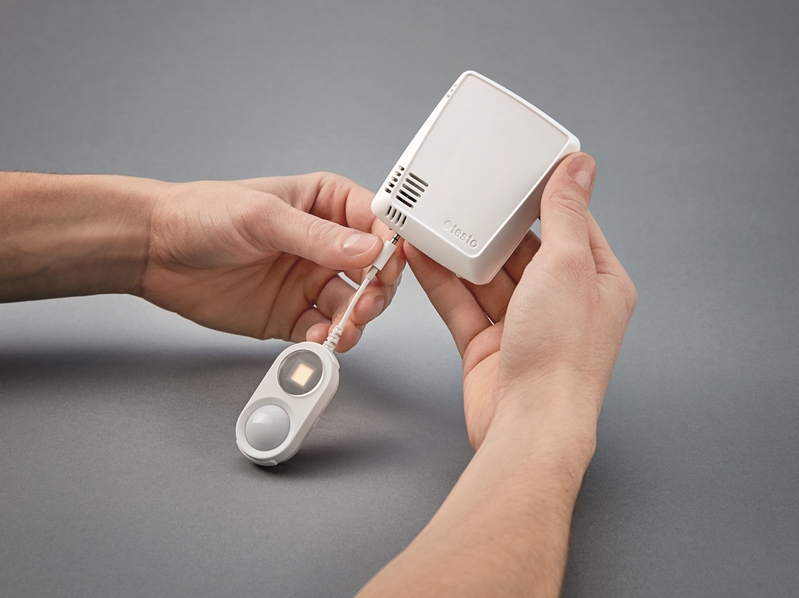
Data is transferred through the Testo cloud directly to whichever channel, email or text, is preferred. With simplicity in mind, the testo 160 Wi-Fi data logger series is easy to install and doesn't need any accompanying software – simply set it up, turn it on and start receiving real-time updates effortlessly.
Art galleries and museums already have a difficult job – protecting the most valuable artworks ever created. Shed outdated, ineffective, manual strategies for interior climate control and modernise your data logging practises by contacting a Testo representative today.



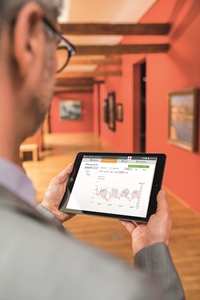


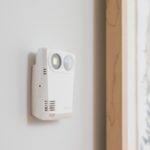
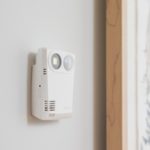

 Reduce cooking oil costs while ensuring quality
Reduce cooking oil costs while ensuring quality Expert knowledge on CO2 monitoring
Expert knowledge on CO2 monitoring Refrigeration knowledge - in 3 modules
Refrigeration knowledge - in 3 modules



